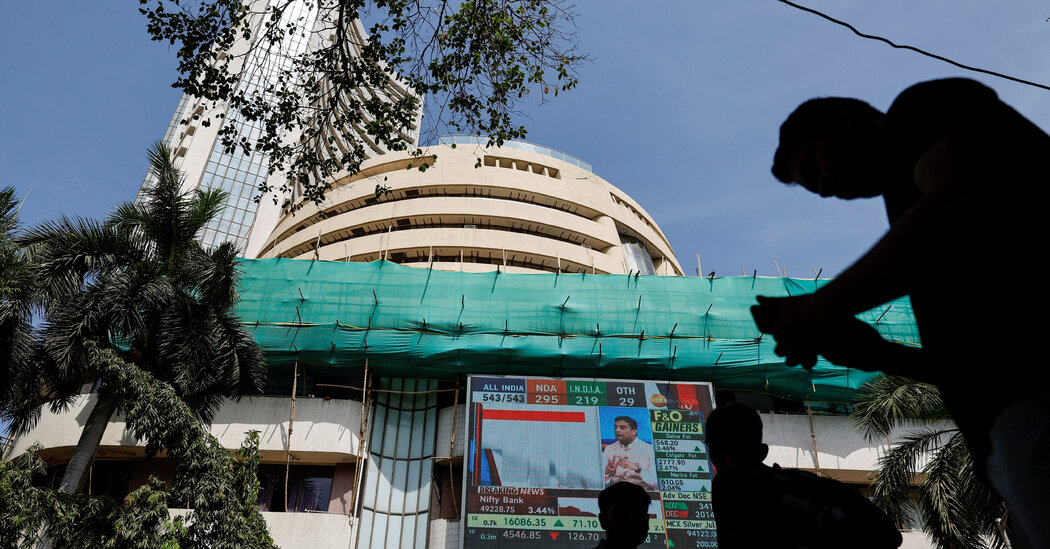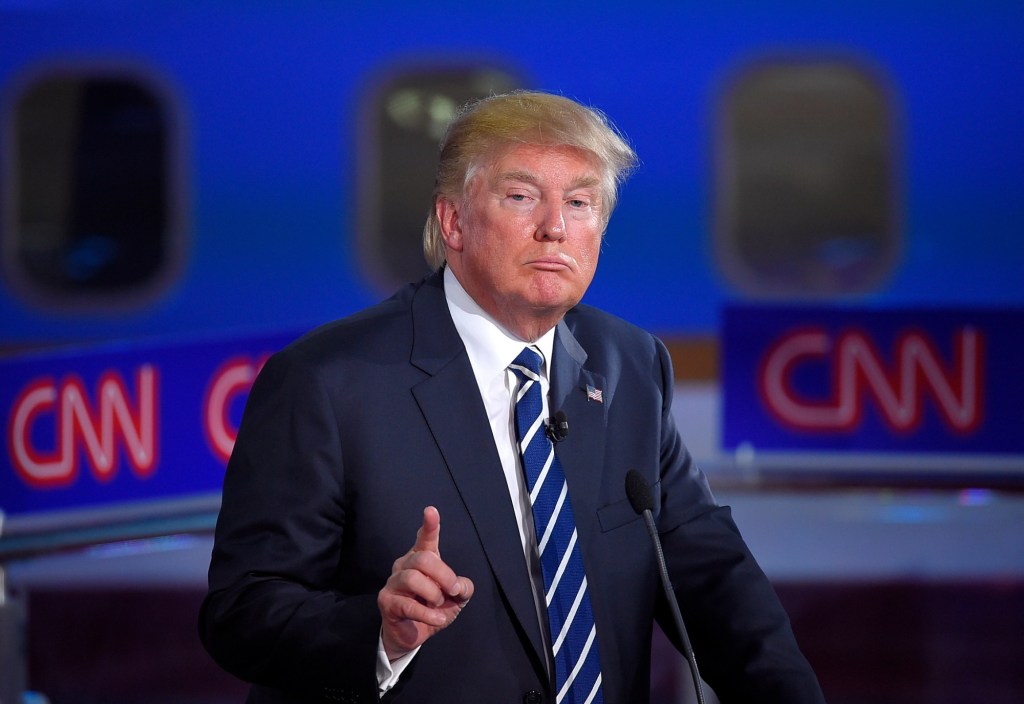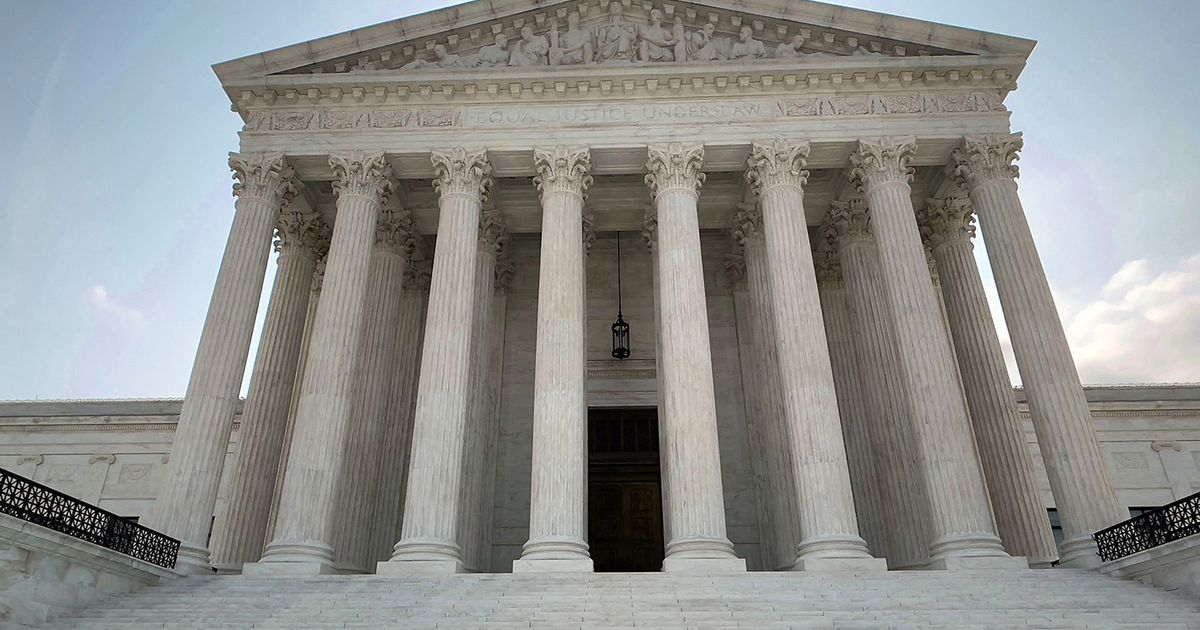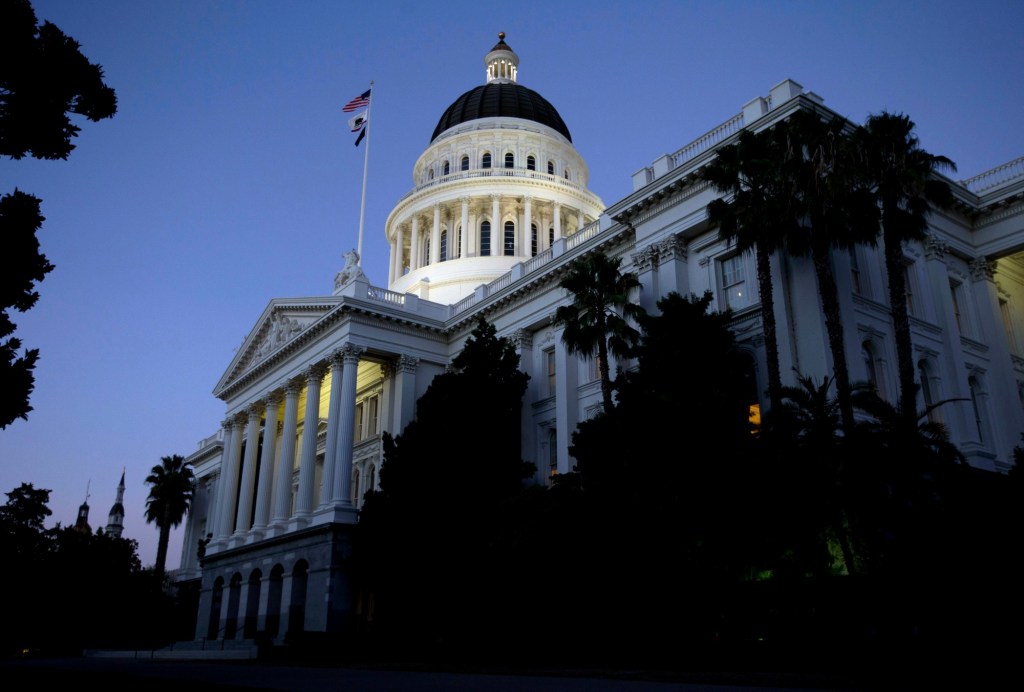When Purdue Pharma filed for Chapter 11 chapter in 2019, it had over a billion {dollars} within the financial institution and owed no cash to lenders. However it additionally had the Sacklers, its homeowners, who had been keen to place behind them allegations that they performed a number one position within the nationwide opioid epidemic.
America Supreme Courtroom is now contemplating whether or not the chapter system ought to have given this rich household a everlasting protect towards civil legal responsibility. However there’s a larger query at stake, too: Why is an organization with no lenders turning to the federal chapter system in response to accusations of hurt and misconduct?
The maker of OxyContin is one in an extended line of corporations which have turned Chapter 11 right into a authorized Swiss Military knife, tackling issues which might be a mismatch for its guidelines. Managing pricey and sprawling litigation by means of chapter might be effectively intentioned. However Chapter 11 was designed across the aim of serving to financially distressed companies restructure loans and different contract obligations.
If corporations as an alternative flip to chapter to completely and comprehensively cap legal responsibility for wrongdoing — the target not solely of Purdue Pharma but additionally of many different entities over latest a long time — they’ll shortchange the rights of people looking for accountability for company coverups of poisonous merchandise and different wrongdoing. And in a rustic that depends on lawsuits and the civil justice system to discourage company malfeasance, completely capping legal responsibility utilizing a process centered totally on debt and cash could possibly be making us much less protected.
In 1978, a bipartisan group of lawmakers enacted sweeping reforms to American chapter regulation. To enhance economic value and maintain viable companies alive for the advantage of staff and different stakeholders, these adjustments gave corporations extra safety and management in chapter. This new chapter code additionally made it simpler to change the authorized rights of collectors throughout and after chapter with out their consent.
To offer extra sweeping safety to a distressed however viable firm, the brand new chapter legal guidelines additionally expanded the definition of “creditor” to incorporate folks allegedly injured by the enterprise. But the principles governing Chapter 11 had been drafted primarily with loans and contracts, not massive numbers of harmed people, in thoughts.
When this chapter regulation enlargement dovetailed with the rise of high-volume asbestos litigation, artistic attorneys began a development that chapter code drafters didn’t anticipate: utilizing Chapter 11 to handle widespread allegations of coverups and hurt to people. The previous Fortune 500 firm Johns Manville, an asbestos producer, filed for chapter in 1982, arguing that being a defendant in so many lawsuits made it eligible for Chapter 11.
The corporate promoted a broad studying of chapter’s scope: to save lots of the enterprise, it wanted safety not solely from injured folks already pursuing the corporate but additionally from those that may uncover how asbestos harmed them a lot later sooner or later. In alternate, a belief can be set as much as compensate claimants. Federal courtroom orders put these concepts into impact, and Congress ultimately passed a law authorizing asbestos bankruptcies if structured like Manville’s.
When the pharmaceutical and client merchandise firm A.H. Robins demanded much more chapter safety than Manville, it set the stage for methods just like the one Purdue Pharma would undertake. After A.H. Robins’s Dalkon Protect contraception system triggered a bunch of medical issues for a whole lot of hundreds of ladies world wide, together with spontaneous septic abortion, lack of fertility and demise, the corporate filed for Chapter 11 in 1985. The ensuing courtroom orders not solely granted its requested reduction and arrange a belief for injured girls but additionally shielded its homeowners, members of the Robins household, who had been accused of fraudulently concealing the Shield’s hazards.
Using Chapter 11 to completely cap legal responsibility for a variety of probably liable events attracted the eye of the Catholic Church. Because the 2000s, 35 dioceses have filed Chapter 11 in response to allegations of kid intercourse abuse and coverups. So have organizations like U.S.A. Gymnastics and the Boy Scouts of America. Illustrating how chapter makes unusual bedfellows, the U.S. Convention of Catholic Bishops filed a Supreme Court brief to help the safety of the Sacklers within the Purdue Pharma chapter.
Some corporations dealing with tens of hundreds of lawsuits are too effectively off for chapter but are decided to entry the system’s advantages. In a maneuver usually known as the Texas two-step, financially wholesome corporations have created particular non-operating subsidiaries to ship into Chapter 11. By doing so, the hope is to completely protect all the company enterprise towards legal responsibility for wrongdoing, in alternate for a hard and fast monetary contribution to compensate claimants now and sooner or later.
The 2-step provokes pricey and time-consuming authorized challenges, and even when they succeed, the chapter submitting sometimes leads to the cancellation of scheduled jury trials in different courts within the meantime — to the businesses’ profit. The company large Johnson & Johnson has already filed two two-step bankruptcies in its effort to cap liabilities for accusations that it ignored alleged most cancers dangers stemming from its talc-based private hygiene merchandise. Though each makes an attempt had been eventually dismissed as a result of the entity was not in monetary misery, Johnson & Johnson is planning to file a third time.
Some lecturers, and much more chapter attorneys, imagine Chapter 11 might be helpful to handle a wide selection of mass tort litigation, at the least in some cases. The 1997 report of a federal commission concluded that the chapter system had options effectively suited to managing mass tort liabilities if substantial guardrails had been put in place (however Congress didn’t enact these guardrails).
The trade-off for overriding some legal guidelines and procedures was promoting equal treatment of similarly situated claimants, together with those that uncover hurt lengthy sooner or later who couldn’t readily gather from the pot underneath different dispute resolutions methods, whereas saving in any other case viable organizations to the advantage of staff and different stakeholders. Supporters usually say Chapter 11 is more efficient than civil litigation, which might translate into larger compensation for injured folks.
Sadly, chapter has a rocky observe report in delivering its hoped-for monetary advantages. Whereas Manville lived on, the belief created by its chapter swiftly ran out of cash and slashed recoveries to even essentially the most severely ailing claimants. And asbestos cases continue to generate underfunding and inconsistent payouts. Folks have acquired vastly completely different recoveries relying on after they received sick. Considerations that asbestos trusts shortchanged folks with extreme accidents whereas probably overcompensating others fueled a number of (in the end unsuccessful) congressional efforts to move asbestos claims out of court systems altogether.
Latest non-asbestos circumstances reinforce that one can’t depend on organizations’ predictions of how and when injured folks can be compensated. The opioid maker Mallinckrodt reduced the funding for opioid claimants by $1 billion within the 12 months following the conclusion of negotiations and courtroom approval of the corporate’s chapter plan. The Boy Scouts of America predicted full compensation for survivors of kid intercourse abuse when it sought approval of its Chapter 11 plan. But it was later made clear that survivors almost certainly is not going to get better at that stage. To make sure the belief doesn’t run out of cash and shortchange later claimants, preliminary payouts to Boy Scouts survivors are set at simply 1.5 percent of claim values; claimants ought to gather extra later, however nobody can say how rather more or when.
Any system that undercompensates for severe hurt implicates greater than claimants’ wallets. It undercuts a key goal of our justice system: deterring dangerous conduct.
Though chapter advocates are inclined to concentrate on monetary compensation, different points are additionally at stake. Injured folks in pursuit of accountability for organizational wrongdoing have discovered their diversion to the chapter system frustrating and unfair, more business than justice. The notion of unfairness is particularly robust in Texas two-step circumstances. Earlier this 12 months, a bipartisan trio of senators and 24 states and the District of Columbia unsuccessfully implored the Supreme Courtroom to override the Fourth Circuit selections that allow worthwhile and thriving corporations to maintain private damage claimants, a few of whom are severely ailing and dying, from pursuing their claims in different courts.
The Supreme Courtroom’s examination of Purdue Pharma’s case additionally presents a chance to think about how expansive use of the nationwide chapter system can create stress with constitutional rules. For instance, some experts worry that these circumstances insufficiently defend the due course of of people that uncover hurt lengthy after a chapter case has modified their rights. Utilizing chapter to shift management away from claimants and halt lawsuits additionally has implications for federalism. Federal chapter filings of dioceses and different organizations have impeded state initiatives, akin to New York’s Youngster Victims Act, which reopened state courts to grownup survivors of kid intercourse abuse and included particular procedures and trauma-related coaching.
Total, these circumstances pose challenges larger than the matter the Supreme Courtroom should resolve in Purdue Pharma. The looming query stays whether or not we the folks could also be at higher danger — monetarily, bodily, constitutionally — when a system designed for restructuring the debt of financially distressed corporations is retrofitted for different coverage issues.
Melissa B. Jacoby is a regulation professor on the College of North Carolina at Chapel Hill and the writer of the forthcoming guide “Unjust Money owed: How Our Chapter System Makes America Extra Unequal.”
The Occasions is dedicated to publishing a diversity of letters to the editor. We’d like to listen to what you consider this or any of our articles. Listed below are some tips. And right here’s our e-mail: letters@nytimes.com.
Observe the New York Occasions Opinion part on Facebook, Instagram, TikTok, WhatsApp, X and Threads.








